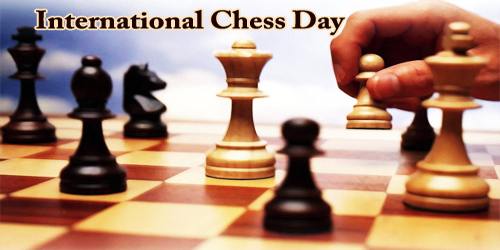Light is life; without light, life on our planet would not exist. The International Day of Light (IDL) is a global initiative that provides an annual focal point for the continued appreciation of light and the role it plays in science, culture, and art, education, and sustainable development, and in fields as diverse as medicine, communications, and energy. The IDL is administered from the International Basic Science Program (IBSP) of UNESCO. The IDL highlights the contribution of such technologies in various avenues such as science, technology, art, and culture, thus helping achieve the UNESCO goals of education, equality, and peace. Light plays a central role in our lives. On the most fundamental level, through photosynthesis, light is at the origin of life itself. The study of light has led to promising alternative energy sources, lifesaving medical advances in diagnostics technology and treatments, light-speed internet, and many other discoveries that have revolutionized society and shaped our understanding of the universe. These technologies were developed through centuries of fundamental research on the properties of light starting with Ibn Al-Haytham’s seminal work, Kitab al-Manazir (Book of Optics), published in 1015 and including Einstein’s work at the beginning of the 20th century, which changed the way we think about time and light.
The major goals of the International Day of Light are:
- Improve the public understanding of how light and light-based technologies touch the daily lives of everybody and are central to the future development of the global society.
- Build worldwide educational capacity through activities targeted on science for young people, addressing issues of gender balance, and focusing especially on developing countries and emerging economies.
- Highlight and explain the intimate link between light and art and culture, enhancing the role of optical technology to preserve cultural heritage.
- Enhance international cooperation by acting as a central information resource for activities coordinated by learned societies, NGOs, government agencies, educational establishments, industry, and other partners.
- Emphasize the importance of basic research in the fundamental science of light, the need for investment in light-based technology to develop new applications, and the global necessity to promote careers in science and engineering in these fields.
- Promote the importance of lighting technology and the need for access to light and energy infrastructure in sustainable development, and for improving quality of life in the developing world.
- Raise awareness that technologies and design can play an important role in the achievement of greater energy efficiency, in particular by limiting energy waste, and in the reduction of light pollution, which is key to the preservation of dark skies.
The day (International Day of Light or IDL) selected, May 16, marks the anniversary of the first successful operation of the LASER in 1960 by physicist and engineer Theodore Maiman. In 2015, to raise global awareness of the achievements of light science and its applications, the UN (United Nations) observed the International Year of Light and Light-based Technologies 2015 (IYL 2015). Under the leadership of UNESCO, the IYL 2015 brought together hundreds of national and international partners to organize more than 13,000 activities in 147 countries. The audience reached by the IYL 2015 is estimated to be over 100 million. The International Day of Light (IDL) is a call to strengthen scientific cooperation and harness its potential to foster peace and sustainable development.
















